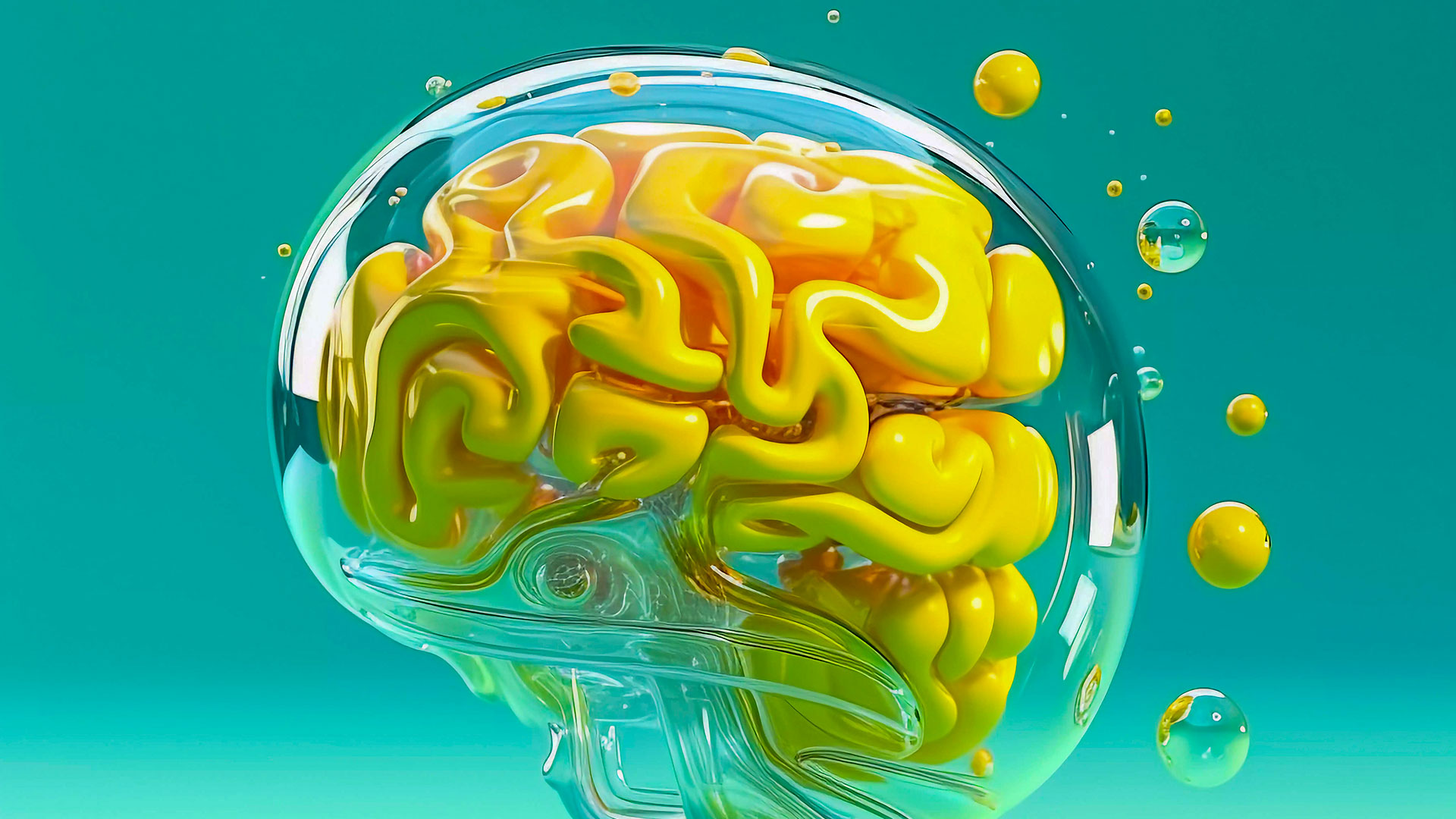Educational neuroscience has been a growing area of research and practice over the last decades and neuroscience has impacted educational practice in several ways. It investigates the neural mechanisms of reading, numerical cognition, attention and their attendant difficulties including dyslexia, dyscalculia and ADHD as they relate to education.
Integrating neuroscience into education has led to investigating processes by which the brain learns and remembers and focus on learning and memory that can be done at a variety of levels. Understanding cell signalling and synaptic mechanisms is important for understanding learning and so is examination of the functions of specific brain structures such as the hippocampus, the brain cells (or neurons) which transmit information via electrical signals which pass from cell to cell via the synapses triggering the release of neurotransmitters (chemical messengers). Understanding how the brain works can enable teachers help students effectively in language learning acquisition and consolidation. This can be done in various ways which can enhance memory through multi-sensory techniques, scaffolding, and through the RRR process standing for Repetition- Review-Remember.
All the above, however, can be effectively implemented when they are fostered by motivation, encouragement, praise and fun activities which keep the students active and involved in pair and group work enforcing the environment and feeling of cooperation, help and solidarity in class and in personal and professional development later in their life.
To achieve this, it would be helpful for educators to get into their students’ shoes, to try to recall how they felt as students themselves, what their needs and wishes as learners were, what really made them happy about school and learning. Being happy is the first and foremost factor for helping learners to learn how to learn and memorise. Whatever the methods and techniques that are undoubtedly valuable and of utmost importance, a very simple and at the same time difficult, sometimes, method to apply to language acquisition is happiness. Teachers need to be observative and sensitive to their students’ tastes and interests and struggle to find ways to satisfy their students’ wishes in learning by seeking motivating activities which will entertain them, stimulate their interests and make them happy. Feeling happy and having fun accelerates the learning of grammar and lexical items and enhances memory and assimilation of them.
Activities which involve gamification, role plays, the use of kinesthetic and all senses as well as audio visual material can help all students, either with learning difficulties or not, to achieve learning procedure, memorisation and become more self-confident and active learners. Art in education can definitely add to this as students have the opportunity to discover their talents through activities which will enhance their creativity and imagination and make them feel confident and enthusiastic. Some of these activities are to write songs, poems, their own recipes and journals, keep a diary, put on plays, even make their own film! In this way, emphasis is given on the development of their aesthetics, imagination and originality while, at the same time, flexibility, critical mind, empathy and a positive attitude are cultivated.
Vocabulary and grammar skills can also be practised with reading texts which interest and motivate students. They work in pairs or groups to isolate sentences, paragraphs or certain vocabulary in the text before reading. They use charts, diagrams, collage to understand how certain linguistic items are connected together semantically and use the technique of prediction to interact together commenting and practising the material they encountered, thus feeling more confident when using it. Memory is also enhanced by practicing their listening and pronunciation skills through the ‘fragmentary method’ (e.g., watching films without subtitles, pausing, repeating, practising etc.).
Planning and organizing their time and way of studying can also help them improve their memory and become more responsible, mature and autonomous learners. This can be even more enhanced when they work in pairs and help each other with time and learning management because this makes them feel confident, efficient and helpful with others. The same applies when they work together to give feedback to each other on what they have achieved in projects. They review what they achieved together, what they learnt, what they enjoyed or not, sharing their strengths and weaknesses and encouraging each other to keep their effort. That could be a challenging activity for them as it helps them develop not only as learners but also as humans who are happy to offer.
Being happy and enthusiastic while teaching can be very important. Students at any level feel how you feel and when you approach them with sincerity, love and dedication for what you do with them they become happy with whatever activity they get involved in and acquire willingness and perseverance. Teaching learners in a funny and relaxing way helps them learn how to learn in a happy and enthusiastic way, improve and memorise language long term and become successful learners.

